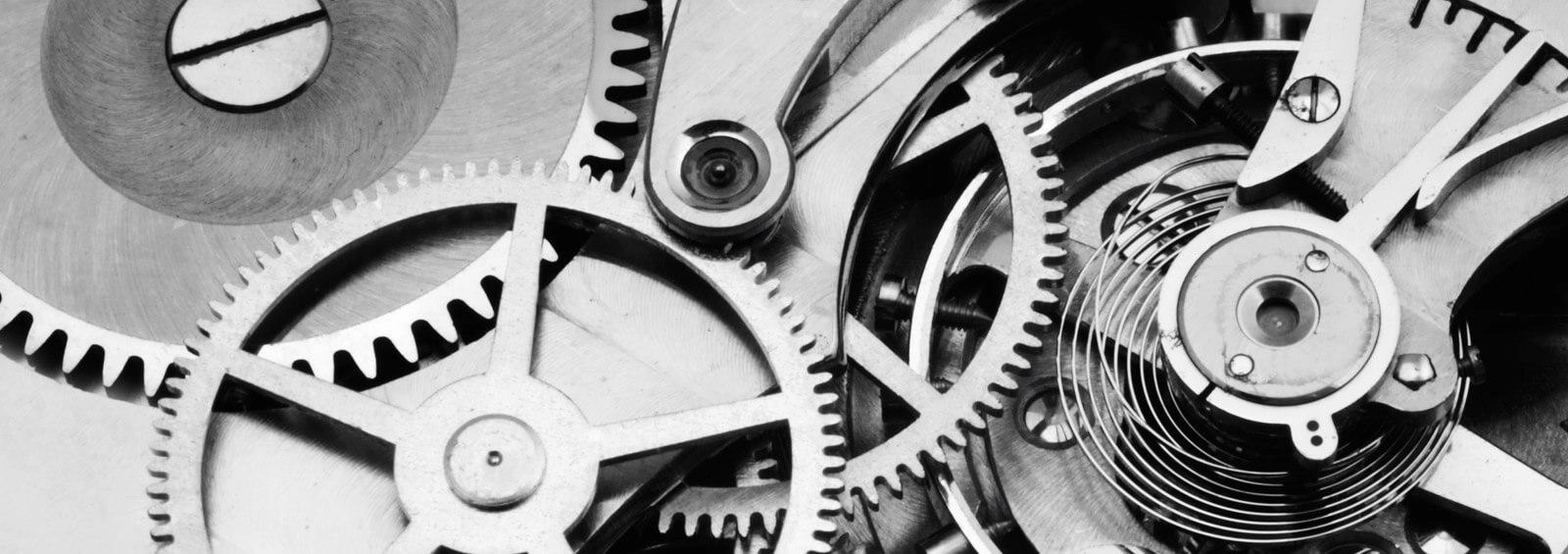
The part of the watch that makes the watch "move" or function. The movement of a watch can be compared to a car engine; without the engine, a car will not run. There are 4 types of movements: manual, automatic, quartz, and auto-quartz. Manual and automatic movements are mechanical, which means they are both made up of only mechanical parts like gears and springs. Quartz and auto-quartz have an electrical circuit and require a battery to run, but they may also have some mechanical parts.
Mechanical watches are far more expensive than battery-powered watches because they are much more labor intensive to build. Even though battery watches are inherently more accurate, almost all collectors and connoisseurs prefer manual or automatic as these movements represent the accumulation of almost 600 years of refinement, expertise, and craftsmanship.
The crystal is the "glass" that protects the watch face from the elements; it acts as the cover on the front of the watch. The client cannot choose the type of crystal that comes on the watch or have a new type of crystal retrofitted onto the face. When it comes to watches, there are three types of crystals that are being used. Below is a description of each type:
Use this space to save the products you like. To add a product here, simply click the icon.
We value your privacy
On our website, we use services (including from third-party providers) that help us to improve our online presence. The following categories of cookies are used by us and can be managed in the cookie settings. We need your consent before being able to use these services. Alternatively, you may click to refuse to consent, or access more detailed information and change your preferences before consenting. Your preferences will apply to this website only. You can change your preferences at any time by clearing your browser history/cache or visiting our privacy policy page.
By authorizing third-party services, you allow the placement and the reading of cookies and the use of tracking technologies required to keep our website reliable and secure.

Enjoy free shipping on all orders when you sign up for exclusive updates on our latest collections, news and events.